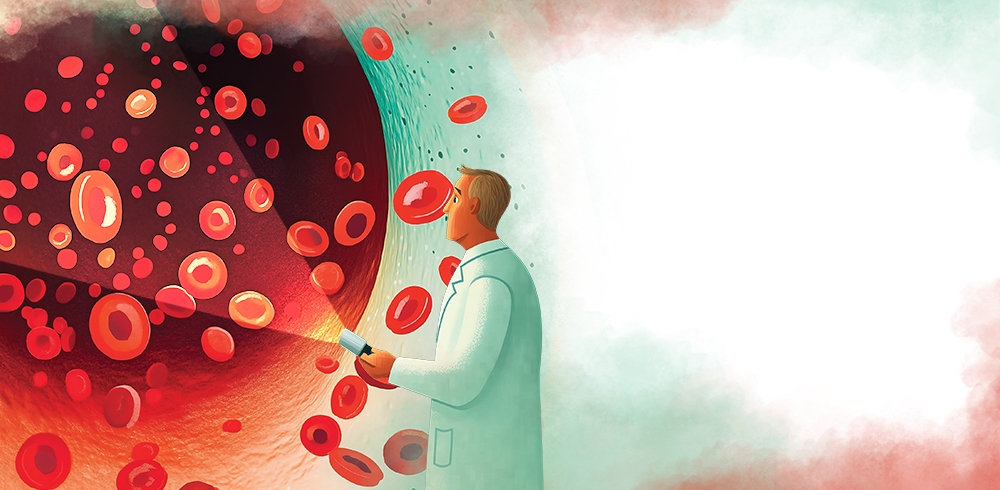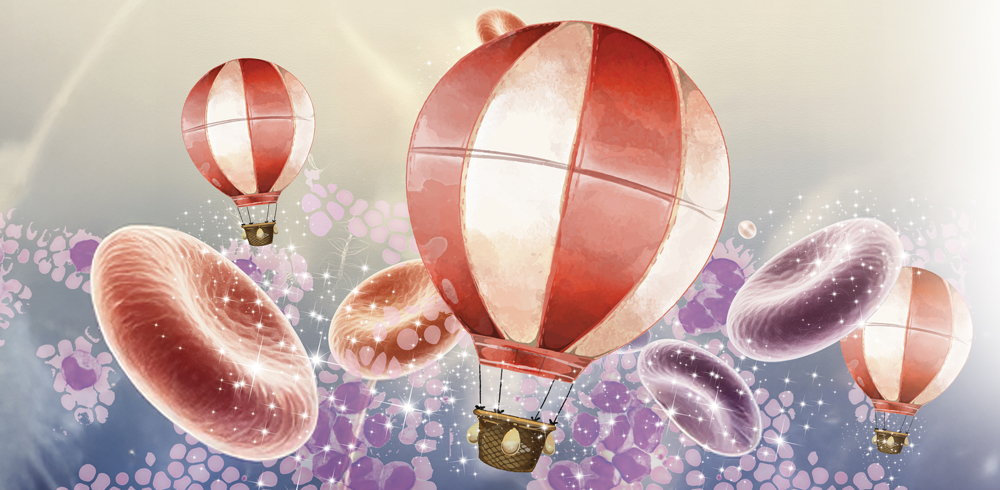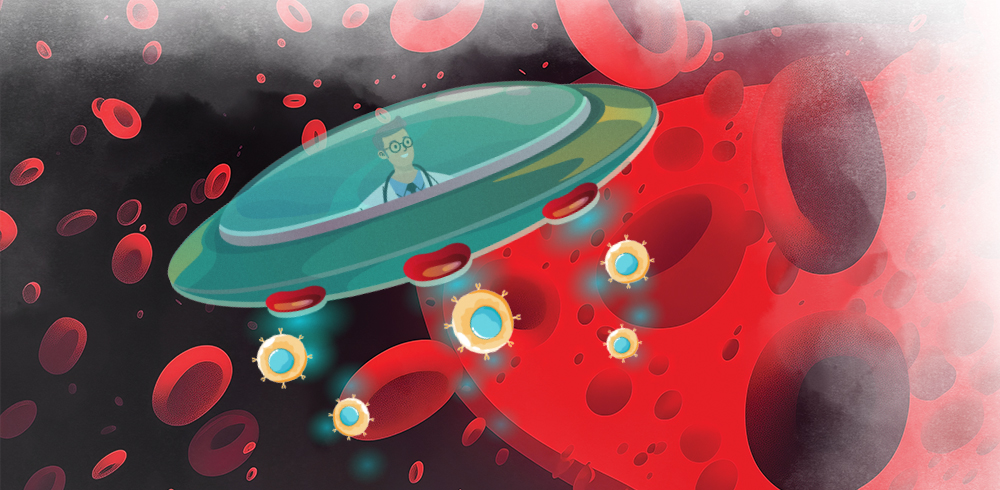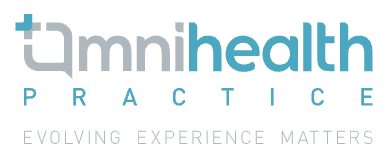Unmet needs persist in hemophilia A management: Findings from a real-world analysis of the Adelphi Hemophilia Disease Specific ProgrammeTM
1 Apr 2025
Share
For individuals with hemophilia A, lifelong prophylactic treatment with FVIII replacement therapies or non-factor therapies (NFTs) is the standard of care.1 Despite advancements in treatment, bleeding episodes persist, significantly impacting physical health and quality of life (QoL).1 This study evaluated the unmet needs of patients with moderate to severe hemophilia A on prophylaxis by analyzing patient- and physician-reported outcomes and bleeding events.1 Findings were presented at the ASH Annual Meeting & Exposition 2024 by Dr. Lynn Malec from the Comprehensive Center for Bleeding Disorders, Versiti Blood Center of Wisconsin, Wisconsin, United States (US).1
This real-world analysis utilized data from the Adelphi Hemophilia Disease Specific Programme™, a cross-sectional survey conducted in the US from July 2023 to March 2024.1 Physicians provided relevant data on patient demographics, treatment history, FVIII activity levels, annual bleeding rate (ABR), joint issues, and therapy use.1 Patients also voluntarily reported the impact of hemophilia A on their QoL.1 Patients included had no inhibitors at the time of the study, known baseline FVIII levels, and were on prophylaxis using NFTs or extended (EHL) or standard half-life (SHL) therapies.1 ABR data were analyzed for patients treated for >365 days.1
Data were collected from 47 physicians covering 244 patients (mean age ± SD: 27.4±14.7 years).1 FVIII activity levels were reported as: 2.0%-5.0% (n=92), 1.0%-1.99% (n=90), and <1.0% (n=62).1 A total of 113 patients received treatment with SHL therapy (n=39 for >12 months), 40 received EHL therapy (n=23 for >12 months) and 67 received NFT (n=29 for >12 months).1 The overall mean ABR for patients treated for >12 months (n=91) was 0.80 (95% CI: 0.57-1.03).1 Subgroup analyses revealed that mean ABRs was highest for EHL therapy at 1.09 (95% CI: 0.46-1.74), followed by SHL therapy at 0.77 (95% CI: 0.45-1.15), and 0.52 (95% CI: 0.22-0.78) for NFTs.1 Overall, 39 patients (42.9%) experienced one or more bleeds in the prior year, with higher rates reported in patients on EHL therapy (52.2%) compared to SHL (41.0%) and NFTs (37.9%).1 Joint problems were reported in 25.0% of patients in the prior 12 months.1 Physicians indicated that 44.3% (n=108) of patients used therapies such as physical therapy (59.3%), yoga/pilates (31.5%), or massage (21.3%) to manage joint issues, while 23.0% (n=56) required aids like braces (46.4%) or splints (30.4%).1 Among patients not working full-time (n=32), 28.1% cited hemophilia A as the primary reason for unemployment.1
Additionally, patient-reported data (n=26) revealed high levels of psychological and physical burden.1 Nervousness or anxiety affected 55.0% (n=11) of patients, while 40.0% (n=8) expressed fear or worry about hemophilia A.1 Concerns about breakthrough bleeds were reported by 80.0% (n=20), and 73.7% (n=14) noted difficulty participating in sports or hobbies.1 Most patients (n=21; 84.0%) avoided physical activities, with 12.0% (n=3) doing so frequently.1
In conclusion, despite regular prophylactic and on-demand treatments, over one-third of patients with moderate or severe hemophilia A experienced at least one bleeding episode annually.1 Joint problems and reduced QoL remain significant challenges, with many patients avoiding physical activity due to hemophilia A.1 These findings underscore an unmet need for more effective therapies to reduce bleeds and improve QoL in this population.1
References
- Malec L, et al. Unmet Needs, Factor Consumption, and Healthcare Resource Use Among People with Hemophilia A: Real-World Analysis of the Adelphi Hemophilia Disease Specific ProgrammeTM. Presented at the American Society of Hematology (ASH) Annual Meeting & Exposition 2024; December 7-10, 2024.





